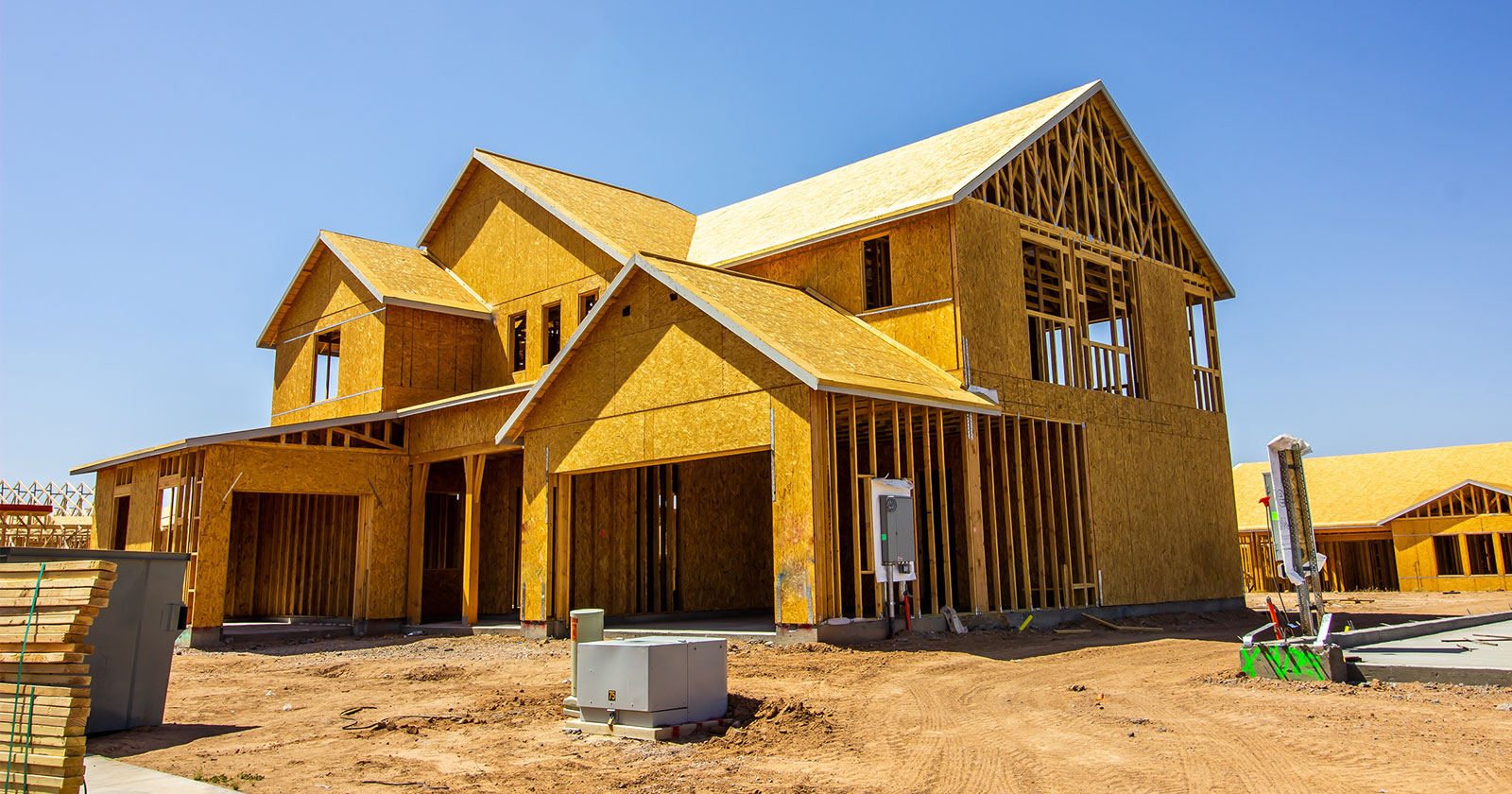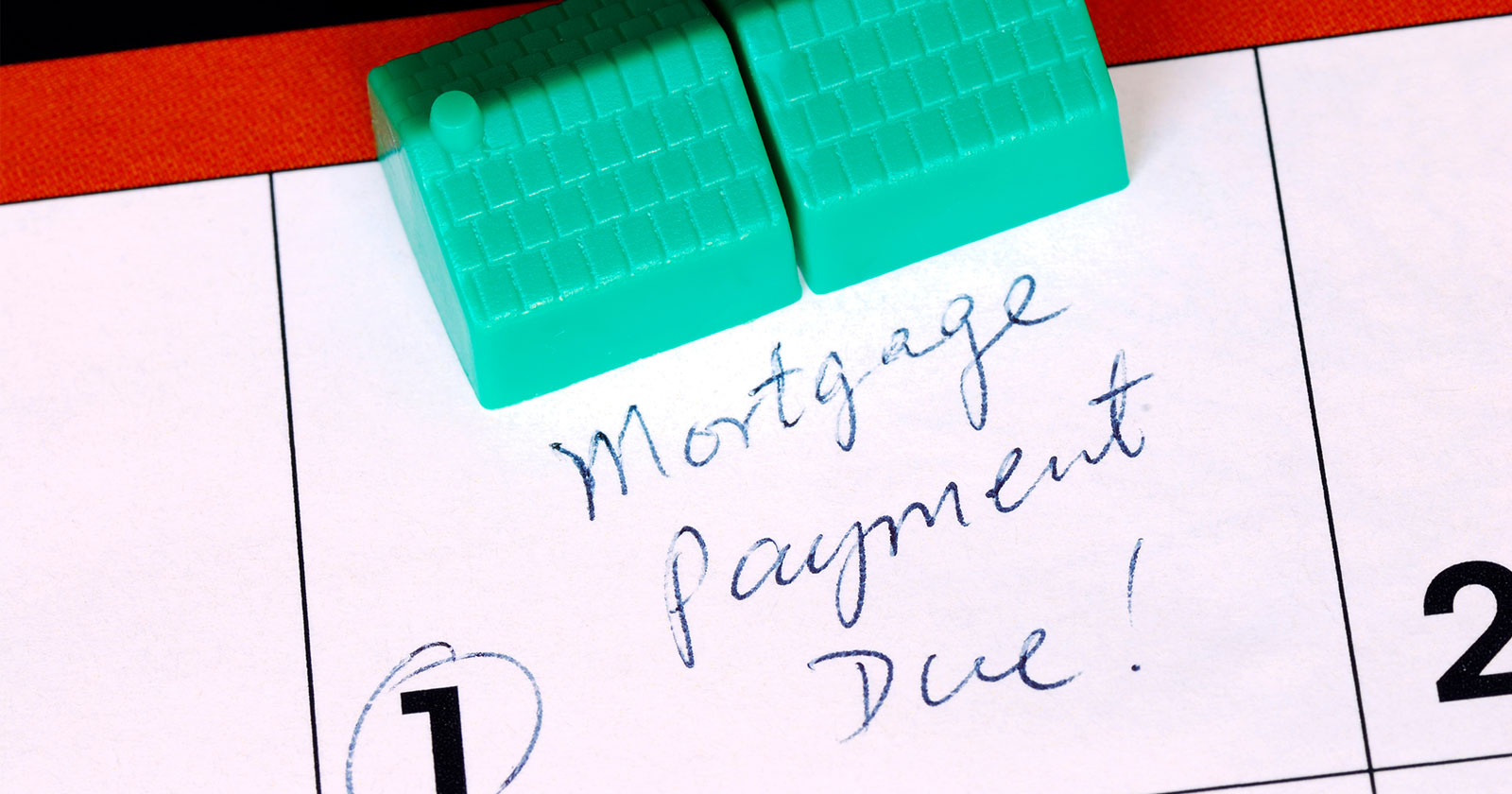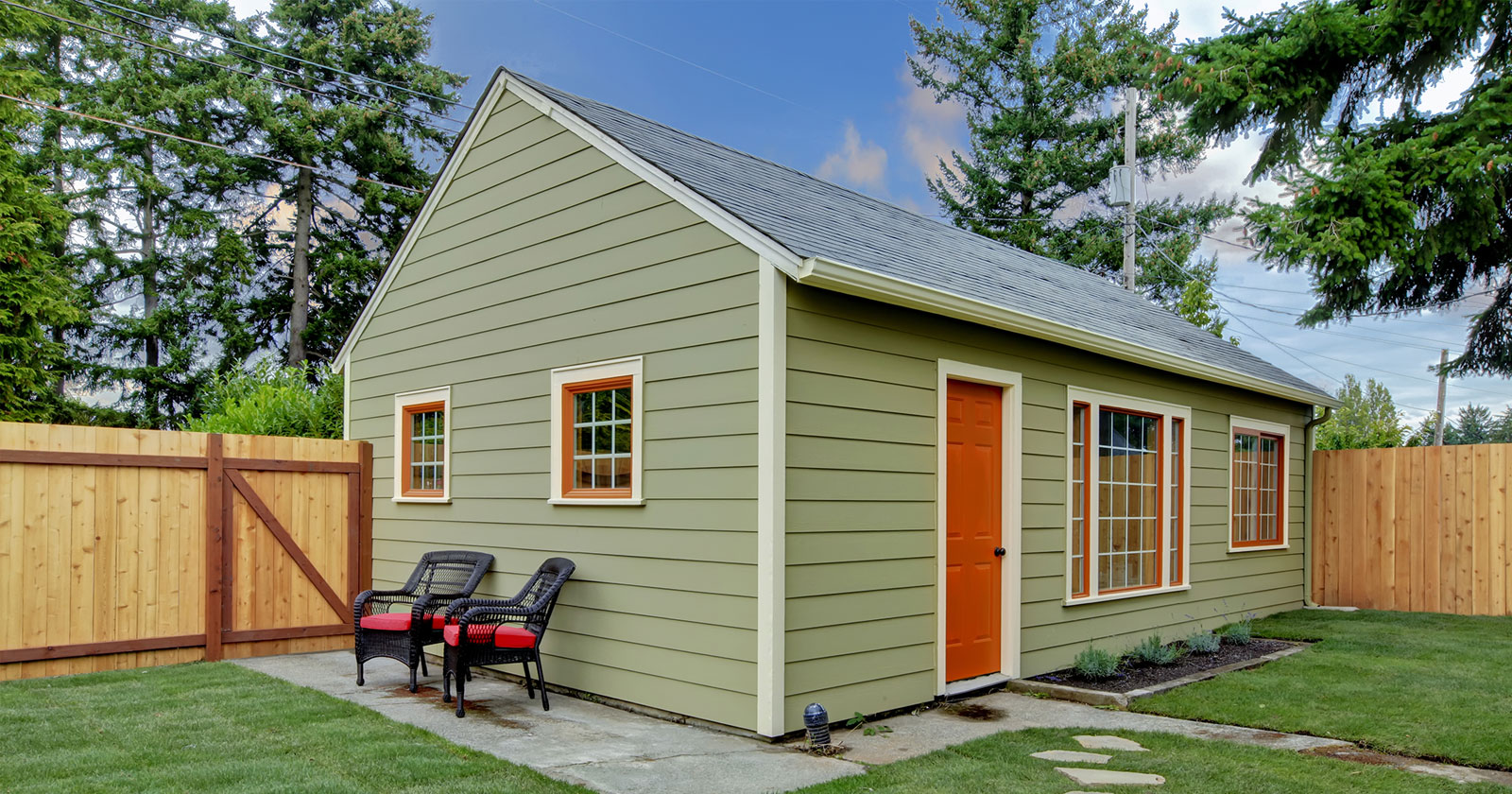What is a Draw Request?
The Payment Draw Process
Draw Request Documents
Draw amounts are determined specifically by the breakdown of costs. Meaning, more in-depth and well-formulated draw request documentation typically leads to better and faster payment installments for contractors and borrowers. While lenders can request different documents based on the scope or circumstances of a project, the standard supporting construction loan draw documents include:
- Invoices & Receipts: These are an important part of any draw request. Project managers should keep itemized receipts and invoices pertaining to costs for things like:
-
- Materials
- Equipment rentals
- Permits
- Labor
- Miscellaneous costs
- Schedule of Values: In real estate drawings, a schedule of value document outlines the value of each “milestone” or phase of work in a construction project. The schedule of values is submitted with each new loan draw request as an outline for how much should be paid out based on the current work completions.
- Lien Releases: In some states, lien releases are required. The lien release is a signed document by a contractor or supplier, indicating they have been paid in full for the work completed during a specific period. This documentation helps protect the borrower and lender from paying multiple times for the same work.
- Construction Contracts: Construction contracts outline any agreements between the property owner and builders/vendors, including the AIA Notice to Proceed, project scope, timeline, and estimated costs.
- Change Orders: Change orders are detailed documents that outline any changes made to original construction contracts, including:
-
- The scope of work
- Schedule
- Pricing
Tips for Optimizing Your Construction Draw Request Process
Top tips for construction draw process optimization include:
- Detailed Budget Planning: It cannot be overstated the benefits that come from a comprehensive and well-formulated initial budget. By working with trusted and skilled industry professionals (contractors, appraisers, and tradesmen), you can gain expert insights into the most cost-effective and accurate estimates when it comes to materials, labor, permitting, inspections, and other contingencies.
- Routine Budget Reviews: In an ideal world, everything would go according to plan. Unfortunately, things rarely go as planned in the construction real estate industry. That is why it is pivotal for investors to perform routine budget reviews that include:
- Budget reviews of cost projections compared to actual expenses.
- Expense audits to review cost-effectiveness, ensure compliance with the budget, and uncover any discrepancies.
- Management and reviews of change order requests to accurately identify and relay any budget impacts to your lender.
- Enhance Your Schedule of Values: To avoid any discrepancies in the scope of work completed when submitting a draw request, enhance your schedule of values submission. Provide photos and/or videos of completed work, alongside any and all correlating receipts or invoices.
- Don’t Let the Little Things Slip Through the Cracks: Experienced investors know to itemize, document, and submit any and all costs associated with your construction process. An optimized construction draw request includes the little costs and small details. From a single screw to a garage door, ensure your loan draw addresses ALL costs!
- Simplify the Review Process for Lenders & Draw Inspectors:
Oftentimes, investors miss out or slow payments because lenders or draw inspectors cannot easily itemize and identify scopes of work. To eliminate this burden, you can simplify the review process by:
- Ensuring all temporary and rough work (excavation, rough electric and plumbing, insulation, septic tank installation, etc.) is documented using progress and completion photos before they are covered.
- Create easy roof access for inspectors to readily and accurately assess progress and completed work.
- Make sure all appliances and property additions on site are installed and completed before submitting a draw request for reimbursement.
Streamlining the Draw Request Process with Snap Draw DIY
By understanding and optimizing the draw request process, investors can help cut costs, simplify funding distribution, and find real estate investment success. Finance of America Commercial (FACo) has gone above and beyond to help borrowers streamline and optimize their draw request process with Snap Draws DIY.
Snap Draws cut out the middle-man, putting you in control of the loan draw process. Using Snap Draws via the portal app, investors and contractors can:
- Quickly take and submit photos for construction draw requests.
- Track the progress of your draw in real-time.
- Access and utilize construction draw request document templates.
- Speak to an in-house draw request specialist.
If you’re ready to optimize your draw request processes and elevate your investment portfolio, let the expert team at FACo help. CLICK HERE to schedule a FREE consultation today.
Authored by Bianca Montalvo
SEO copywriter and strategist
*Requires 3rd party mobile app download. Currently available for one unit properties only. Time from full document submission to settled wire averages 24 hours but may vary. Release of funds is based on clear photographic evidence of completed work matching the request.




